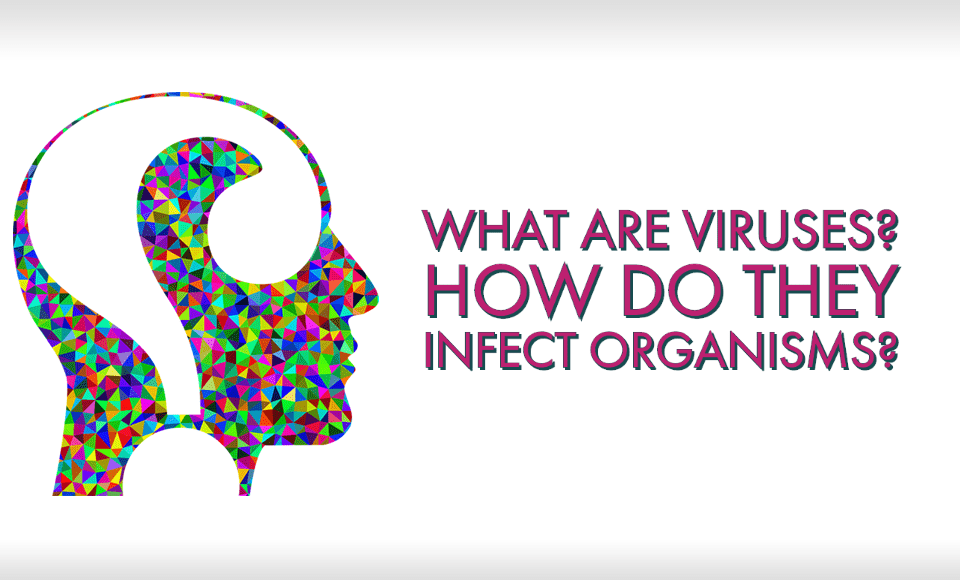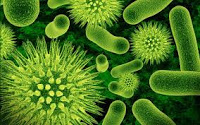Viruses are submicroscopic parasites that depend on the cells of other organisms to thrive. They cannot store or capture energy by themselves, meaning they are unable to survive outside the host body. Thus, they are often considered as non-living agents. Viruses can infect nearly all forms of life, such as humans, animals, plants, and even archaea and bacteria.
For most of human history, viruses were known to cause contagion. Not surprising as extensive events of infection and deaths cemented that notoriety. If we think of viruses, the 2009 H1N1 pandemic, the 2014 West African Ebola virus outbreak, and the COVID-19 pandemic would undoubtedly ring a bell.
But, what are viruses actually made of? At the center of any single lies the genome. It is a long molecule composed of RNA or DNA, consisting of the genetic direction on how it would reproduce or replicate itself. It is enveloped in a coating composed of protein molecules known as the capsid, and serves as its shell or shield, protecting the genetic material.
Some viruses also have lipid membrane, enclosing the virus with fatty molecules. The coronavirus that brings COVID-19 is one of these viruses. Soaps are effective in breaking down this lipid covering, resulting in the virus’ doom. This is the reason why handwashing with soap is recommended to combat the virus.
Now, why and how do viruses attack? Consider viruses as predators that locks on specific prey that they discern and then attack. This means that viruses that do not distinguish human cells will not be dangerous and will not bring any negative impacts to our health.
Plant species have their own sets of viruses, such as the Tobacco mosaic virus (TMV), Tomato yellow leaf curl virus (TYLCV), and the Potato virus Y, which all bring havoc to their individual plant species. Animals have their own, too. Cats are affected by the FIV or the feline immunodeficiency virus, the counterpart of HIV among cats. Dogs suffer from canine influenza virus and canine parvovirus. On the other hand, Bats carries different types of coronaviruses, one of which is said to be the origin of the COVID-19.
Viruses have the ability to mutate or merge with one another. There are also instances where can jump species, such as in animal-to-human transmissions. Examples of these are the H1N1 influenza virus with an avian origin, the mosquito-borne dengue virus, and the HIV, which is said to have been passed to humans when people hunted chimpanzees for meat.
Outside the cell, the virus coats itself into a particle regarded as a virion. It can thrive in for a specific period. With that, it keeps its structure unscathed until a prey or organism gets into contact and picks it up.
Once the virion affixes itself to the preferable host cell, it will then start to penetrate. After doing so, the virus will start its shady work by hacking the hell to create more virions. These virions will exit the cell and look for other healthy cells to infect. The cycle continues, allowing the virus to spread rapidly.
For humans who are infected by a virus, transmission can be through:
- Sexual contact
- Touch
- Coughing, or sneezing
- Bodily fluids
- Infected water or food
- Insects that carry and pass from one person to another
Some viruses can thrive on an object over an extended period. For instance, cold viruses can survive on surfaces for up to seven days. Flu viruses tend to live shorter, for only about 24 hours. If a person touches an object with viruses present on their hands, it can be passed onto the next person who picks up the same item.
As the virus reproduces inside the host body, it will begin affecting the host. The time between the person contracts the virus and the time symptoms start to show is called the incubation period. Each virus will then have different effects on the human body. How much harm it can cause to the host body is referred to as its virulence, which also describes how fast it reproduces, how quickly it spreads, and how well it can surpass the body’s defenses.
More Readings:
Virus (Wikipedia)
Related Posts:

